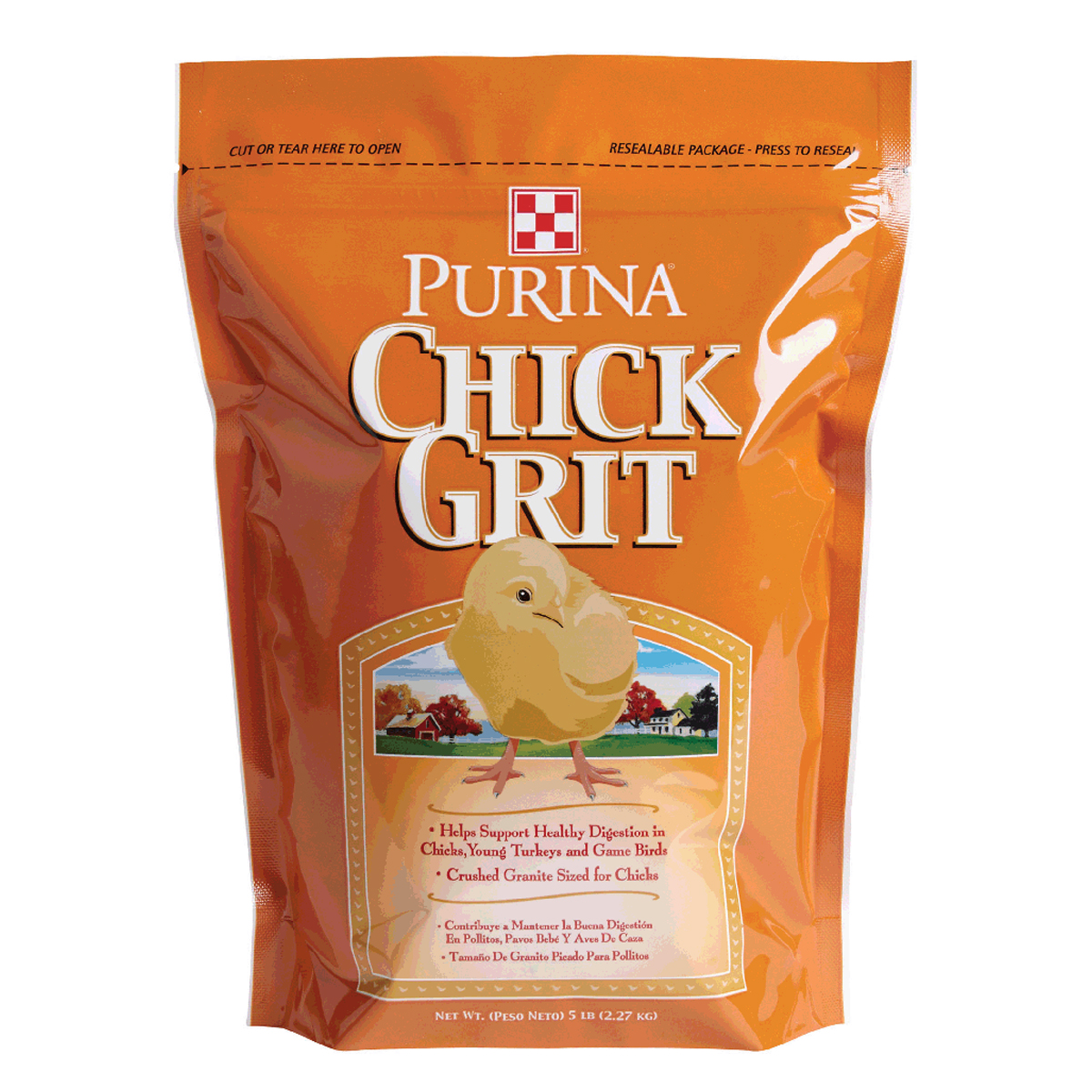

Grit intake results in better feed conversion/weight gain of up to an additional one pound per broiler and an overall increase in flock health. of feed over the course of its life will eat up to 0.6 to 0.7 lbs. Consumption averages 0.64 oz./layer/week or 2.08 lbs./layer/yr.Įach will consume up to 1/20th their diet in grit. Higher lay rate equals more soluble grit consumed.

Soluble grit consumption varies depending on egg production. Grit intake also results in thicker egg shells and an overall increase in flock health. For the purposes of this document, “grit” refers to “insoluble granite grit.” The highest percentage improvements are made by feeding both insoluble grit (granite) and soluble grit (oyster shells or limestone). On average, grit results in 7% to 9.6% greater egg production coupled with a 6.3% to 7.1% decrease in feed consumption.

Lowest consumption is in spring and summer.īudget one to two tons of grit per year for a flock of 1,000 Layers (between $78.50 and $157 for each 1,000 Layers/yr.). Highest consumption is in early winter and when new feathers are being formed. Prices are rounded for clarity and are based upon current Gran-i-Grit direct sales prices.Įach will consume 1/6-1/3 lbs. Grit requirements vary depending on poultry species, soil type, feed type/grain size, and forage type/quantity/size. This results in a more powerful masticating muscle and, consequently, better digestion. Poultry which are fed grit have gizzards which are as much as 50% larger than those not fed grit. Lack of grit can result in as much as 20% greater feed consumption. This article originally appeared in APPPA Grit issue 83 (September/October 2014) by Nathan Boggs. Use our Store Locator to find a local store that carries our products, and pick up a bag of chicken feed or buy in bulk.Comprehensive Guide to Feeding Grit to Pasture-Raised Chickens, Turkeys, and Poultry Our feed and pellets for chickens are designed to offer the right balance of vitamins and minerals for your flock. Nature’s Best Organic Feeds creates science-based formulas that are non-medicated, Non-GMO Project Verified, and organic. In addition to grit, you will of course want to provide your chickens with nutritious, high-quality feed. Tractor Supply’s DuMOR Grit is a great option to help your feathered friends break down their food. Order Organic Chicken Feed From Nature’s Best Organic Feeds Top it off occasionally to ensure your hens have what they need. Ideally, keep the container lifted off the ground to avoid contamination and keep the grit dry. It’s a good idea to keep the grit in containers, either together or separately, so chickens can have access to it as needed. One option is to mix flint and oyster shell grit so chickens have both kinds. It’s a good idea to offer some grit to help a flock. Even with free-range chickens, a piece of land may not have enough of the right kind of small pebbles to help chickens with digestion. In most cases, backyard chicken owners limit their flock’s foraging to keep them safe from predators. Without this nutritional supplement, hens can develop brittle bones or sour crop, especially those who are good layers. Hens also require calcium-rich oyster shell grit to help them with developing strong eggs. Without grit, chickens cannot effectively eat their food and in some cases can suffer from impaction. The gizzard grinds up the grit, and eventually the grit is small enough to pass through the digestive tract, which is why chickens need to replenish it. The food, now a paste, can then pass safely through the digestive tract. They store grit in the gizzard and when the gizzard moves, the food is ground with any grit inside. When left to forage over a larger area, chickens naturally pick up grit in the form of tiny pebbles. If you have chicks, you will need to feed them this very fine substance until they reach 8 weeks.īrowse Our Chicken Feed Do Chickens Need Grit?Ĭhickens need grit because they do not have teeth to grind down their food. Some grit is designed for chicks under the age of 8 weeks. Flint grit is made from flint or granite milled into very small pieces. Oyster shell grit is typically made from oyster shells, but you can also make your own grit by grinding up baked eggshells. Insoluble grit, also known as flint grit, helps chickens with digestion. Grit refers to a finely ground hard substance that is given to chickens. There are two types of poultry grit: oystershell grit and flint grit. Oystershell grit is a type of calcium that helps make eggshells stronger.


 0 kommentar(er)
0 kommentar(er)
